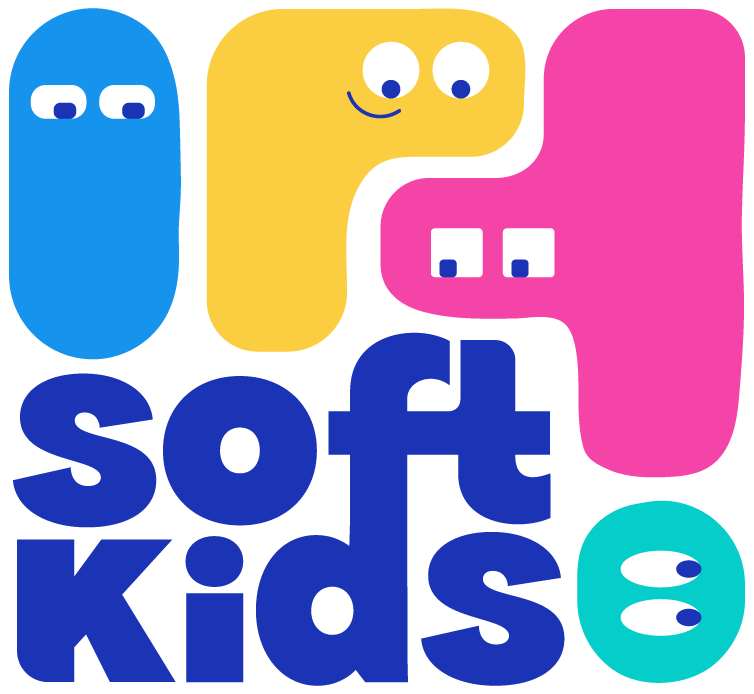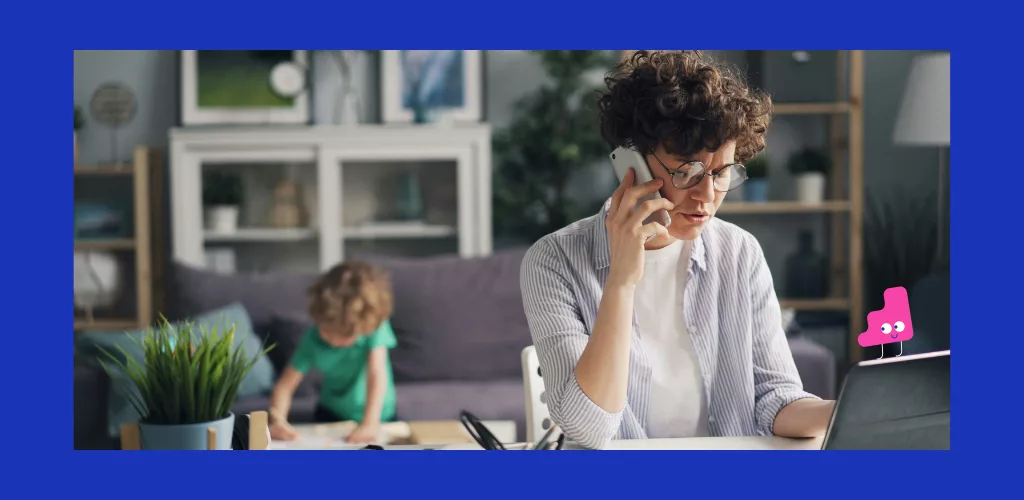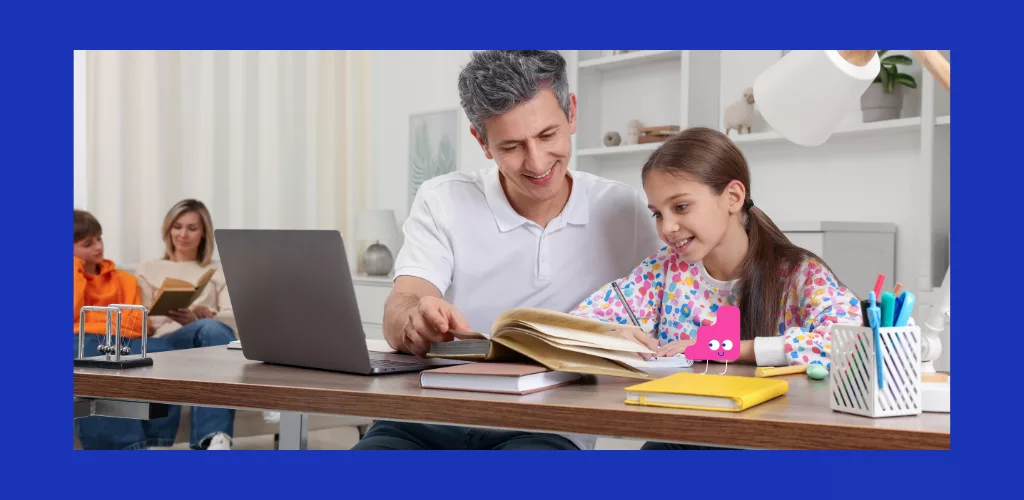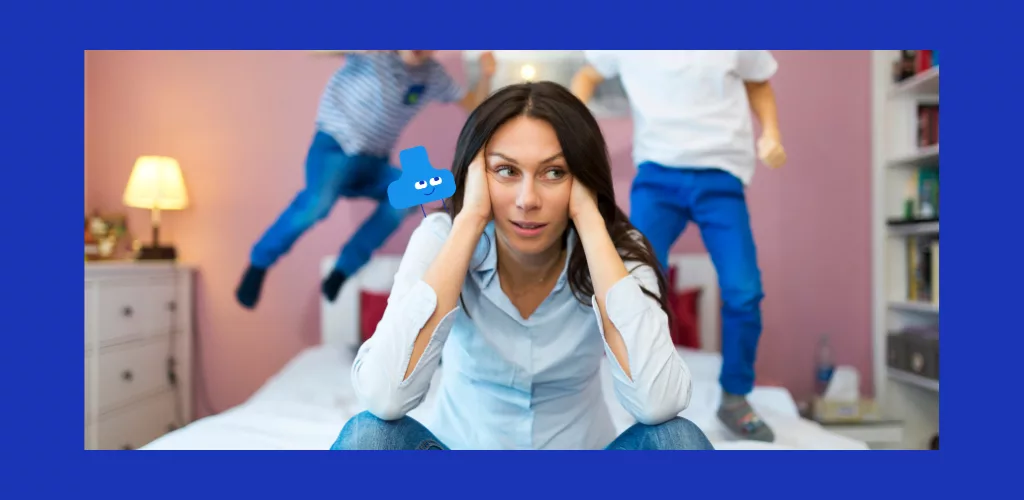Introduction
Screens, smartphones, social networks, video games... Being a parent today means having to deal with an omnipresent digital reality. Injunctions abound: "screens must be limited", "beware of addiction", "children don't know how to be bored anymore"... The result? A cocktail of worry, doubt... and parental parental guilt.
What if we stopped making people feel guilty?
What if, instead of demonizing screens, we learned to accompany our children in their digital activitieswith lucidity, benevolence... and without panic?
Why the word "screen" no longer means anything
One object, a thousand uses
The word "screen" has become a kind of public enemy number one. Yet it's a vague term. Watching a popular science video on YouTube doesn't have the same impact as passively scrolling through TikTok shorts for an hour. Reviewing a lesson on an educational app, chatting on WhatsApp or playing a creative game: these are all different uses... behind the same object.
It is therefore usageand not the medium.
"It's not the screen itself that we need to watch out for, but the meaning it has in our child's life."
A generational fear
We adults grew up in a pre-digital world. Our educational references were not shaped by social networks, gaming or streaming. That's why we're a little anxious about the meteoric evolution of technology.
But demonizing what we don't understand is rarely a good strategy. Our children live in a connected world. Teaching them how to find their way around it is as much an educational skill as teaching them how to cross the street.
Accompanying without panicking: the right reflexes to adopt
Building a relationship of trust
Supporting a child's digital education does not mean constantly monitoring themor forbidding everything. Above all, it means being present, discussing, showing interest in what he's doing.
Here are a few concrete examples:
- Taking an interest in your favorite games rather than judging them
- Ask what he likes to watch on YouTube and why
- Offer to show him the accounts he follows on Instagram
Creating a link around digital technologya space for dialoguefar more effective than one-way bans.
"The more a child feels listened to, the less he needs to hide."
Setting a clear but flexible framework
Digital education, like all education, requires a framework. This may involve :
- Age-appropriate screen time limits
- No screens in certain areas (e.g. bedroom, dining room)
- Gradual authorizations (e.g., social networks from a certain age)
But beware: this framework must evolve with ageand, above all, be discussed and co-constructed. This is how children learn to self-regulate.
Social networking: at what age and how to manage it?
Legally, it's 13. In reality, it's often earlier.
Most social networks set a minimum age of 13. Yet many children access them before that. Rather than turning a blind eye or punishing them, it's better to set limits.
The risks are real: exposure to shocking content, toxic comparisons, cyberbullying... But so are the opportunities. so are the opportunities content creation, social networking, learning and engagement.
Practical tips:
- Enable privacy settings
- Create a joint account at the outset
- Discuss circulating content
- Evoke the mechanisms of addiction, likes and virality
"It's better to have a child accompanied on the networks than an isolated child sailing alone."
Addiction, misinformation, digital mental workload: sorting it out
Fear of addiction
We often talk about "screen addiction", but this term is sometimes misused. Not all frequent screen use is an addiction. What should raise the alarm are :
- The inability to do without (even briefly)
- Discontinuation of other activities
- Sleep or attention disorders
In these cases, you should seek medical advice. But in the majority of cases, children test, explore, get excited. Teaching them to regulate their use is far more effective than brutally depriving them of it.
Misinformation
Learning how to verify a source, understanding that an influencer isn't always an expert, identifying fake news... these are all essential skills. essential skills. And they don't just happen.
Here again, the role of the parent is crucial: asking questions, encouraging critical thinking, explaining the challenges of algorithms and filter bubbles.
What about parents? The digital mental load
Middle school notifications, teachers' emails, parents' WhatsApp groups, school tracking apps... The digital mental load affects adults too.
So how can we ask our children to disconnect if we ourselves are constantly connected?
Create a family digital ecology:
- Screen-free group time (meals, games evenings, reading, etc.)
- Offline zones at home
- Regular discussions on each other's uses
And above all, set an example. Children learn more by imitation than by obligation.
"A parent who scrolls in a loop every night has little credibility for limiting screens."
Towards a peaceful digital education
The 4 pillars of good support
1. Understanding the tools
-
Find out what kids are up to
-
Test the apps or games they use
2. Dialogue
-
Talk about digital uses as you would about school or friends
-
Don't judge too quickly
3. FRAME
-
Setting clear but flexible rules
-
Thinking together about the balance between screen and other activities
4. TRUST
-
Valuing children's good decisions
-
Help him learn from his mistakes
Conclusion: let's stop feeling guilty and move forward together
Digital education is not a war against screens. It's a a path to travel with our childrenday after day, with their realities, their uses, their curiosities.
You don't need to be a cybersecurity expert to do well. You just need to be curious, open-minded, a good listener. That's parenting in the digital age.




0 comments